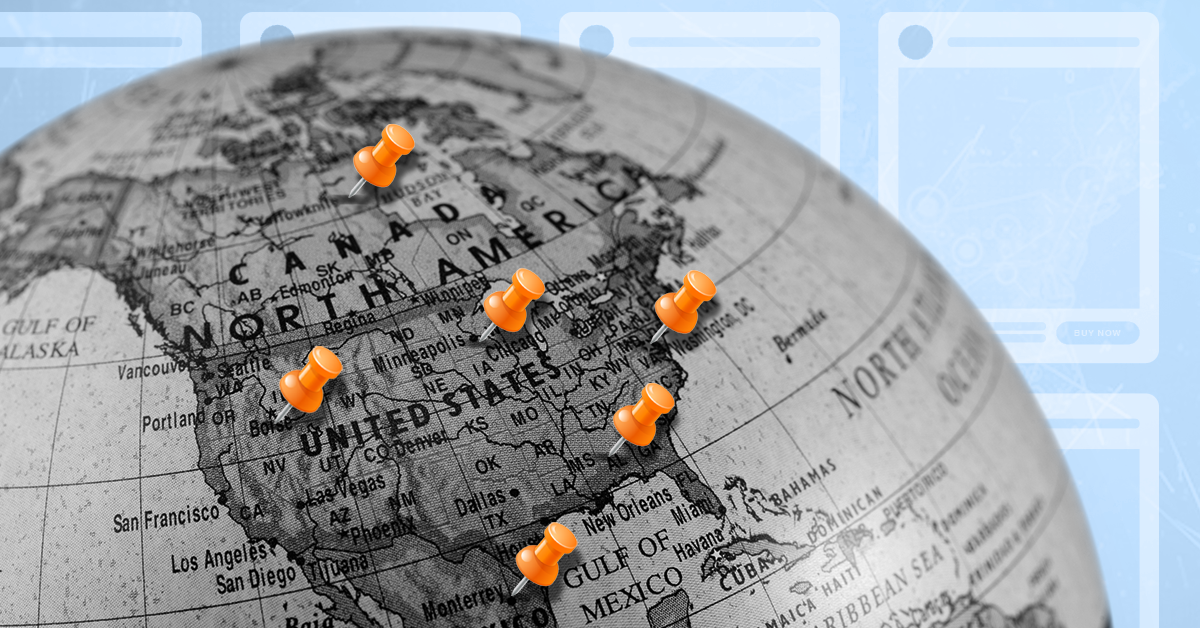Google Ads and Paid Media for Performance Marketing Businesses with Multiple Locations

OpenMoves works with many clients that have a digital performance marketing goal such as lead generation or appointment booking across a set of different physical locations. This is a distinct niche that varies from standard multi-unit retail marketing, which is often more related to foot traffic and in-store sales, and also differs from standard lead gen such as SaaS which is generally national in nature.
This hybrid environment of doing performance marketing at scale across multiple locations is the typical environment for businesses such as dentists and doctors, addiction treatment centers, med spas and salons, and more. These are very large industries with complex marketing strategies and large budgets. Through our efforts working with such businesses at scale, we’ve developed some unique expertise on how to do performance marketing for local businesses at scale.
Insights on Performance Marketing for Multi-Unit Brands
Plan Campaign Segmentation by Location Carefully. The first decision you’ll have to make as a multi-location brand starting or optimizing paid media accounts is where and how to do your location segmentation. For Google Ads for example this segment is happening at the campaign level as geotargeting is a campaign setting. You’ll have to decide if you are going to segment by store, by state, by region, or not by geography at all.
The decision is complex and has to be planned for each individual business – and in some cases can vary across campaigns. One note to consider is that many businesses will need the ability to control budget in a granular way across each location. If this is the case for your business then you’ll need store-specific campaigns.
On the other hand, depending on how many locations your brand has, those which are very close together may benefit from being grouped into a single campaign, in cases where geotargeting may not be that effective to differentiate between stores.
Finally you may choose to vary geotargeting strategy by campaign type or step of funnel: for example a national Performance Max campaign to drive higher funnel awareness, and then store-specific non-brand search campaigns for the middle / low funnel.
Remember: decisions here are also very impactful on reporting. Once you run national spend or location-aggregate spend you’re giving up on store-specific reporting for that spend.
Build Reporting to Segment by Location + LOB at Scale. Reporting for multi-store businesses is made much more complex by the general need to report and understand performance by location. Usually this is further complicated by the need to report within each location by line of business. For example a chain of hair salons needing to report performance of 50 locations separately, and within each location how cuts vs. coloring perform, and still understand the rollup performance of the whole business.
The solution here is obviously reporting automation, with campaign labels achieving automatic slice-and-dice report segments. For example if each campaign is marked with {store number} + {store region} + {line of business} then a good reporting platform can take a report template and make a data slide copying that template for every instance of {store number}. This allows clients to get very granular data on how every store performs at scale.
Managing Marketing Technology Integrations. One of the biggest challenges of performance marketing for these types of businesses is integrating with marketing technology platforms to do deep-funnel reporting.
For example a typical doctors office probably has multiple martech platforms that are key to actually measuring success in patient acquisition – a call tracking platform like CallRail, a CRM like HubSpot (or even harder, HubSpot + Salesforce together), an online appointment booker, and sometimes even more.
Having all of these platforms work together to integrate with Google Ads, Meta Ads, Google Analytics and more is often hard to impossible – sometimes the particular tech stack doesn’t have an integration option at all. This requires media buyers to make best-guess decisions based on whatever data does exist. Obviously these challenges are only compounded by the complexity of often having different phone numbers, forms and bookings for each location.
General suggestions here include:
- Make day to day media decisions with in-platform data
- Replace pixel events with CRM form events where possible
- Filter “calls” metrics by duration and quality
- Make sure to differentiate in-platform leads (Meta Leads) vs. landing page leads
- Get total financial performance data from the end business
- Remember to calculate lead-to-close lag when reviewing financial performance
- Also consider margin by service in reporting and planning
In general terms managing high performance marketing for large, multi-location lead gen businesses is a far less “solved” space than other industries like ecommerce. To speak with a team of experts managing millions in spend across hundreds of locations in this business, contact OpenMoves today.












